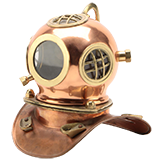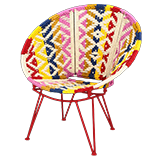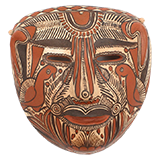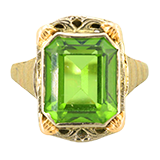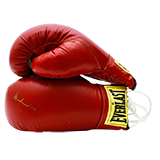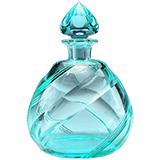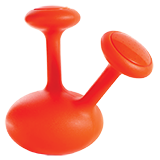The Original Collectors Series: Paris, KY
As an art historian, I’ve curated exhibitions, written extensively on painting in the South, and worked for museums like the National Portrait Gallery, the Archives of American Art, and the New Orleans Museum of Art. I grew up here in rural Kentucky in a very southern environment. There were lovely old portraits hanging all over, and I became intrigued by this idea that they were created by artists — itinerants — that went around and painted. Who were they? Where did they come from? Who did they paint? I’ve also always liked the fact that a portrait tells two stories: one of the artist and one of the sitter.
I’m currently working on a book about Matthew Harris Jouett, a Kentucky portrait artist from the first quarter of the nineteenth century. In 1860, he went to Boston to study with portraitist Gilbert Stuart and kept a diary of his experiences. It’s a rare document that records how an older master portrait artist taught a younger painter how to paint. There hasn’t been a complete catalog of Jouett’s works published, and this will include primary material on his life that’s never been seen before.
My goal has been to lift artists out of being curiosities and place them in a larger context, bringing attention to their work. After all, Vermeer and Van Gogh were both unknown painters. I think in our world it’s important to do all that we can to enhance the cultural history of our country; it has a spiritual value. There are a lot of people who are caught up with politics, anger and materialism, and it’s nice to do something sort of otherworldly.
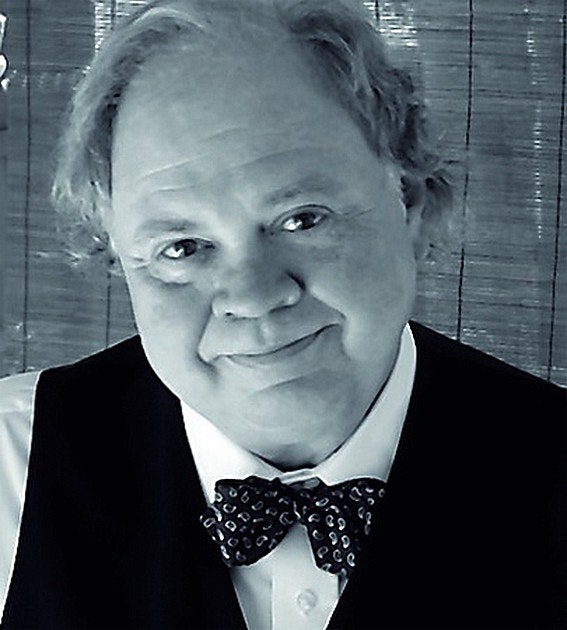

French Old Paris Platter in the Sevres Style, Second Empire c. 1865-70
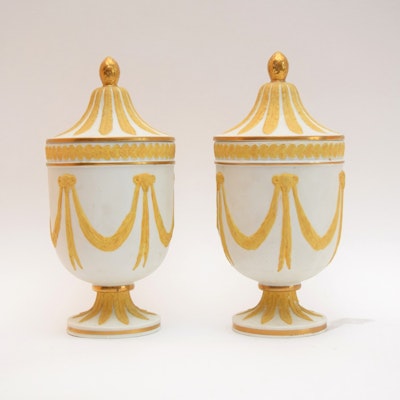
Wedgwood Style Jasperware Covered Urns ca. 1965
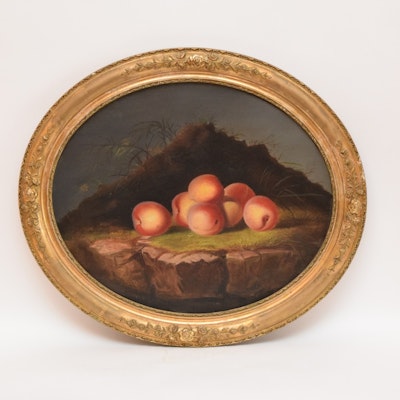
German Romantic School Oil on Canvas "Still Life with Peaches on a Cliff" c. 1850
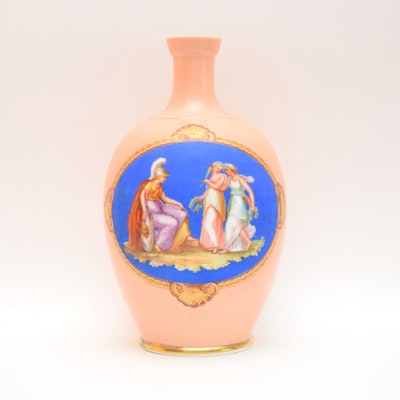
French Porcelain Balustre Vase Royal Blue on Orange Body with Handpainted Classical Scene ca. Second Empire
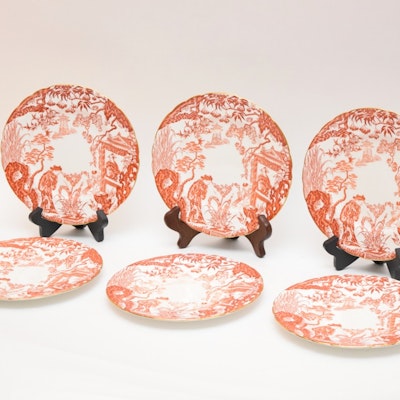
Six Royal Crown Derby Mikado Pattern in Orange Salad Plates c. 1910-1920
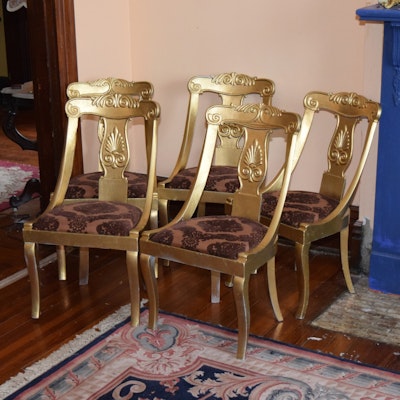
Five Gustavian Gold Gondola Chairs
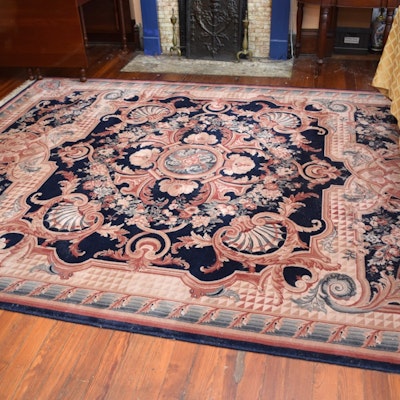
Couristan Louvre Collection Wool Area Rug
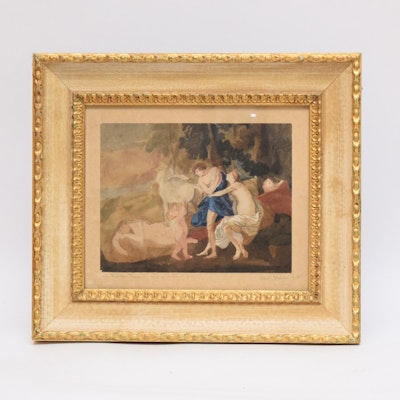
Alfred Elmore R.A. "Cephalus and Aurora, after Nicolas Poussin" Watercolor on Paper, Signed and Dated 1840
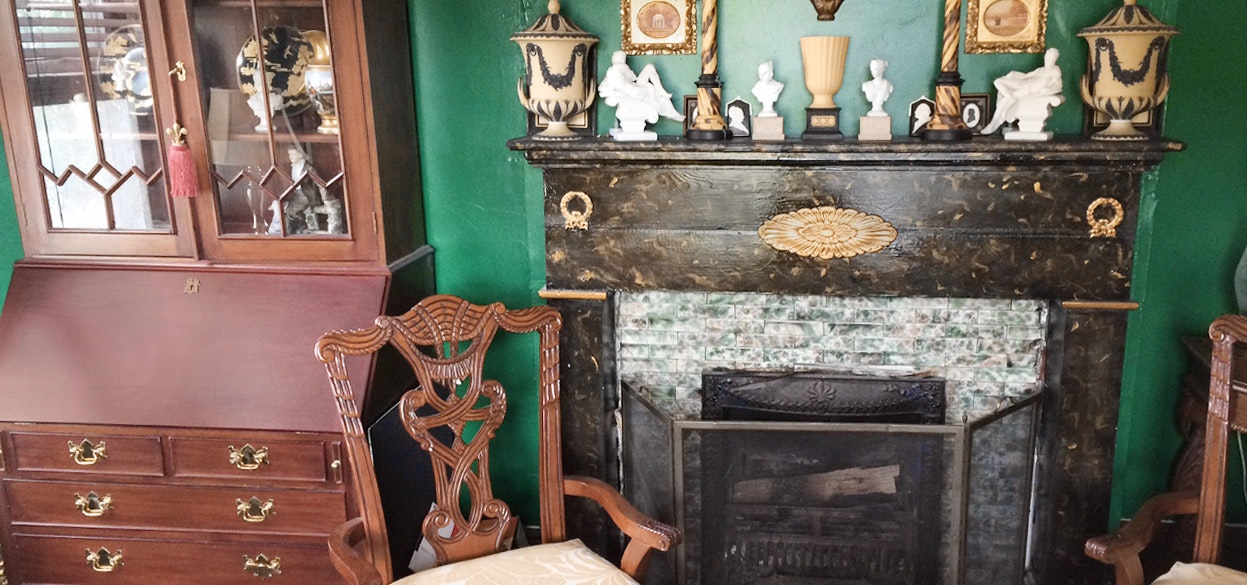

French Bisque of Venus and Three Graces Presenting Gifts, c. 1890
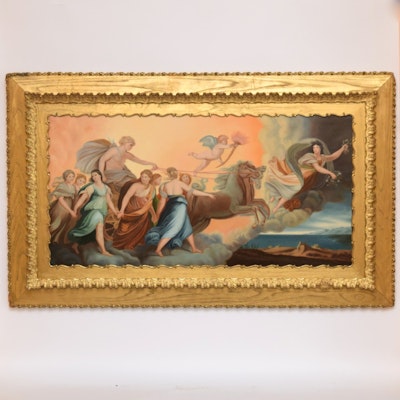
William Ayerst Ingram "After Guido Reni, Apollo and the Nine Muses", c. 1885-1890
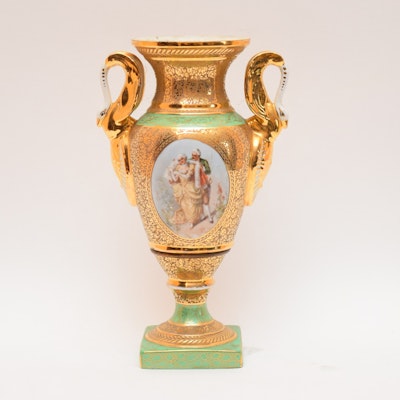
French Old Paris Style Campana Form Vase, c. 1930

Pair of Rococo Revival Spelter Candelabra, Gilded with Cherubs
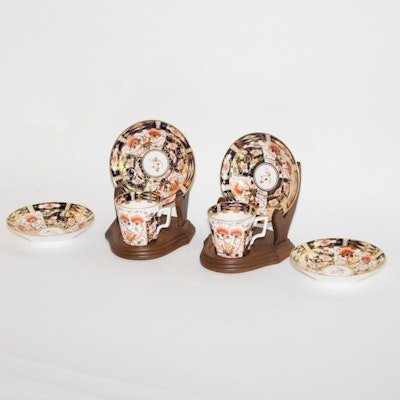
Royal Dresden Crossed Swords Porcelain Demitasse Cups and Four Saucers Imari Style ca. 1790-1810
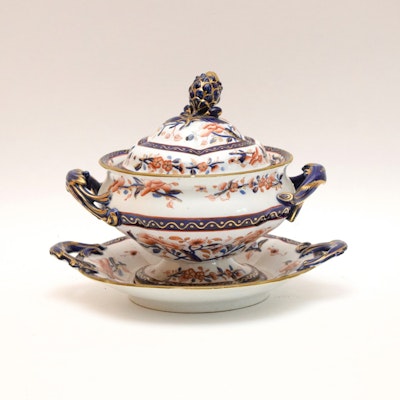
Ashworth Imari Style Sauce Tureen with Lid and Underplate c. 1845
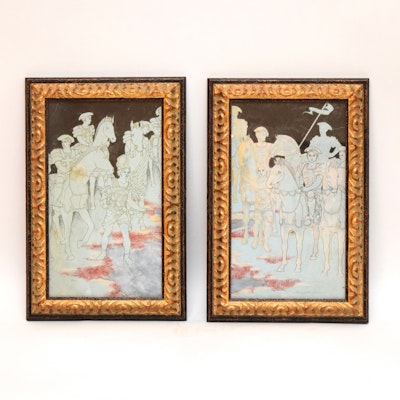
Gloria Thomas "Illustrations for the Book of Revelation" Gouache and Body Color on Board
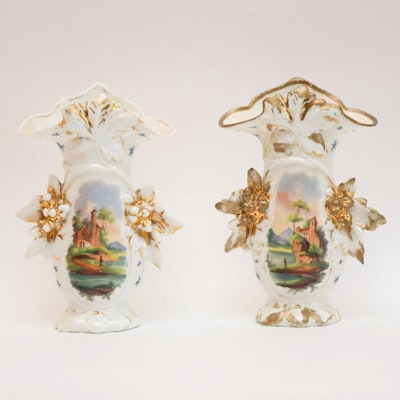
Pair of French Old Paris Flare Vases c. 1850
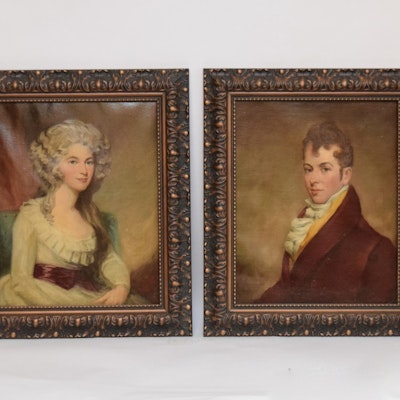
Adrian Lamb "Portrait of a Gentleman after Gilbert Stuart" and "Mrs. Ticknell after George Romney" Oil on Canvas
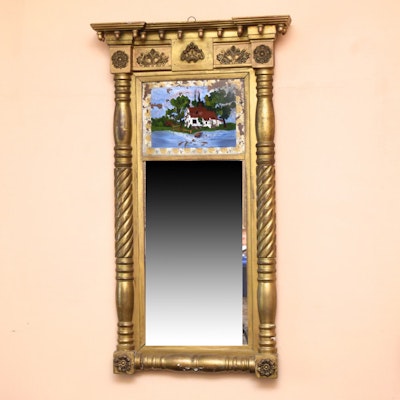
American Classical Mirror with Reverse Painted Glass Insert, c. 1840

Pair of French Old Paris Cameo Flare Vases Orange on Cobalt Front with Gold ca. 1850
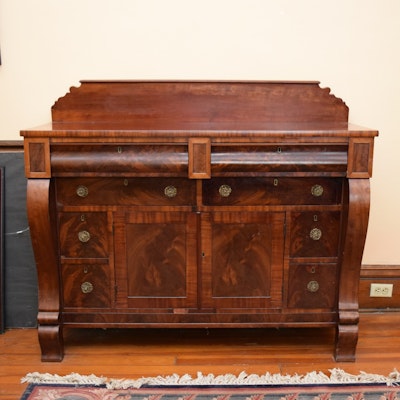
American Classical Sideboard with Mahogany Veneer, c. 1850-60
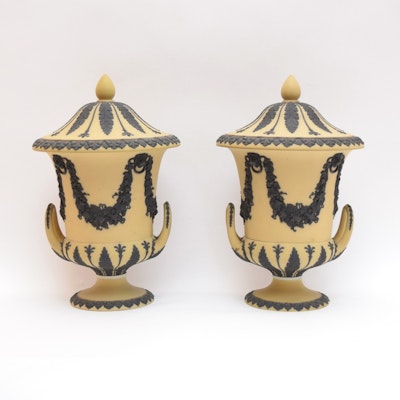
Pair of Rare Wedgwood Yellow Jasperware Campana Vases c. 1910
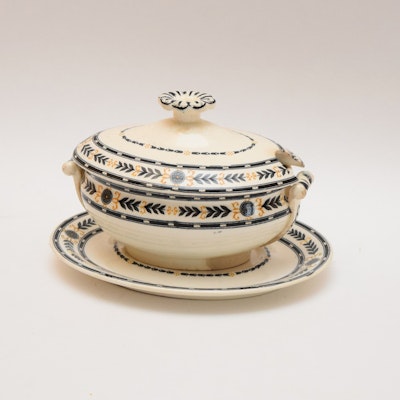
Wedgwood Etruria Ware Sauce Tureen with Lid and Under Plate Neoclassical Banding c. 1930
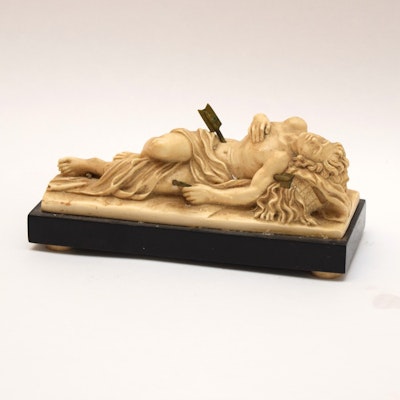
Continental Composite Sculpture "The Dying of Sebastian" with Removable Arrows ca. 1960 by G. Ruggeri

Rare Wedgwood Yellow Jasperware Vase, c. 1935

Sudduth Goff "Clara Taylor Spencer Houlihan" Oil on Canvas, c. 1950
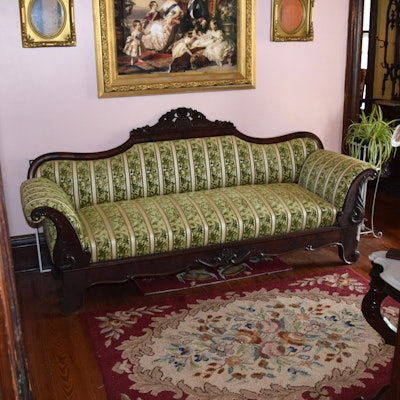
American Empire Hall Sofa
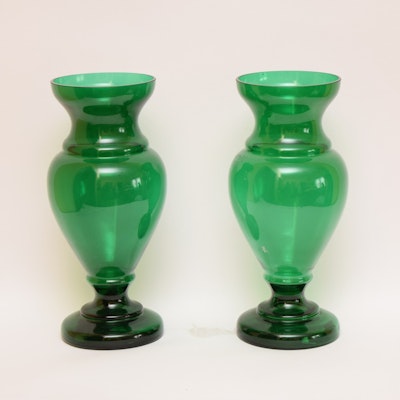
Pair of American Monumental Classical Form Green Glass Vases
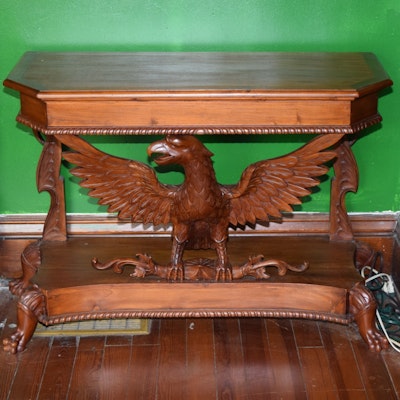
American Federal Style Pier Table with Spread Eagle Support

American Spelter Clock Tops, William Shakespeare and Marius the Epicurean, Late 19th Century
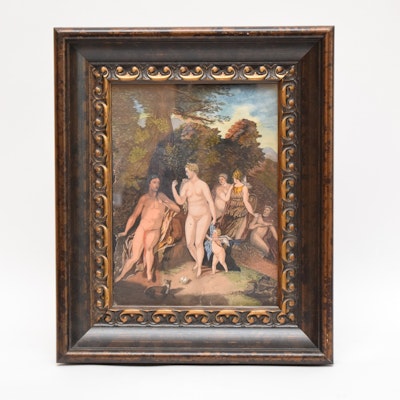
American Naive School, "Adam and Eve, Inspired by the Work of Jan Breughel" Watercolor on Paper

Pair of French Old Paris Flare Vases Cobalt with Gold Foliate Ornament ca. 1850-60
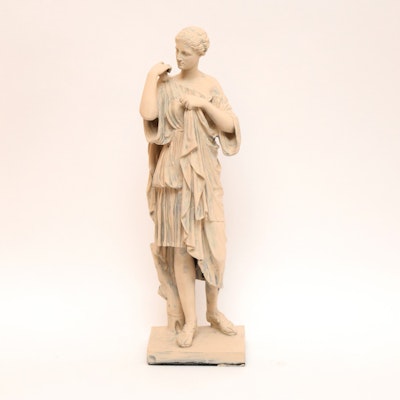
American Plaster Cast Antique Sculpture, c. 1910
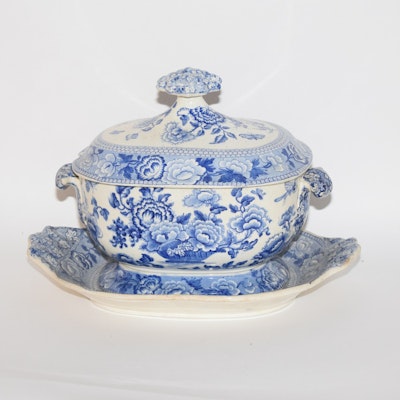
English Staffordshire Soup Tureen with Lid and Under Plate c. 1830
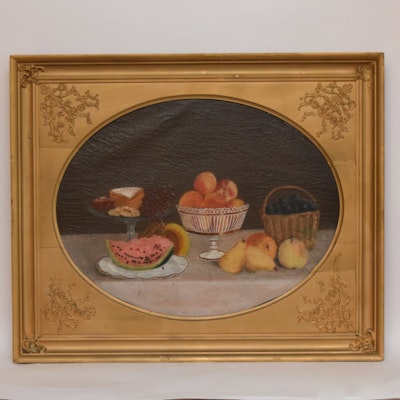
Mary C. Smith "Table Top Still Life with Old Paris Porcelain" c. 1855
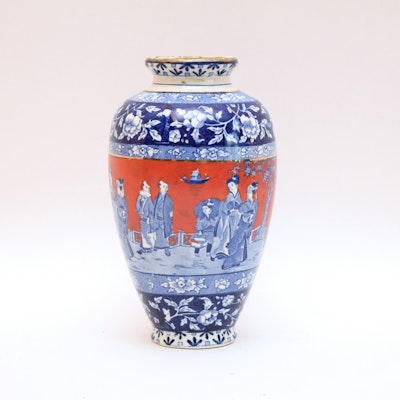
English Crown Staffordshire Balustre Vase c. 1890
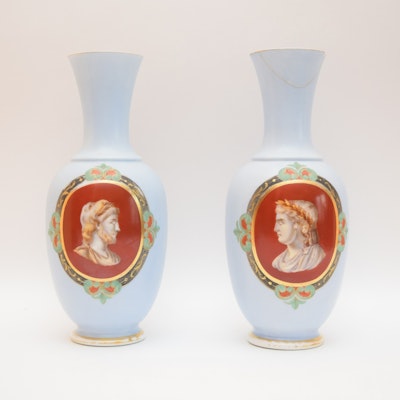
Pair of English Bristol Glass Cameo Profile Vases Orange and Gold on Blue Ca. 1875
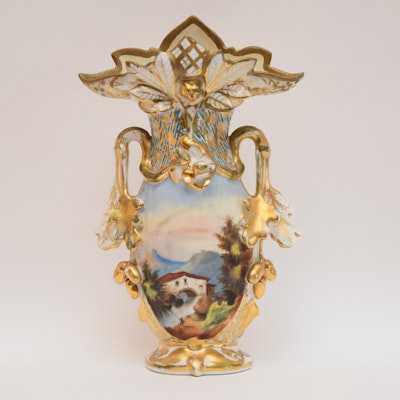
French Old Paris Flare Vase, Second Empire c. 1865-70
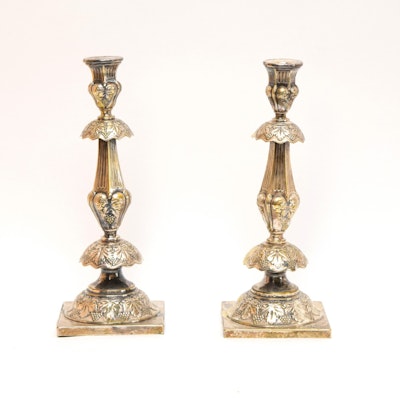
Pair of Polish Silver Alloy Rococo Style Candlesticks, Marked Lszekman Warsaw 1909
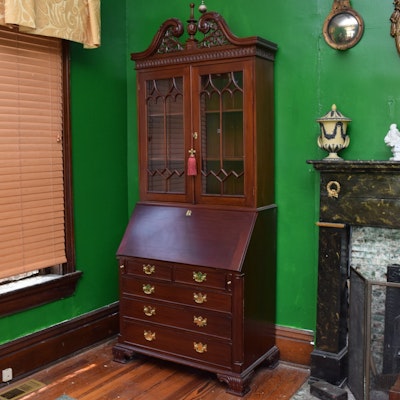
Federal Style Solid Mahogany Secretary

Carvers' Guild Gilt Hall Pier Mirror
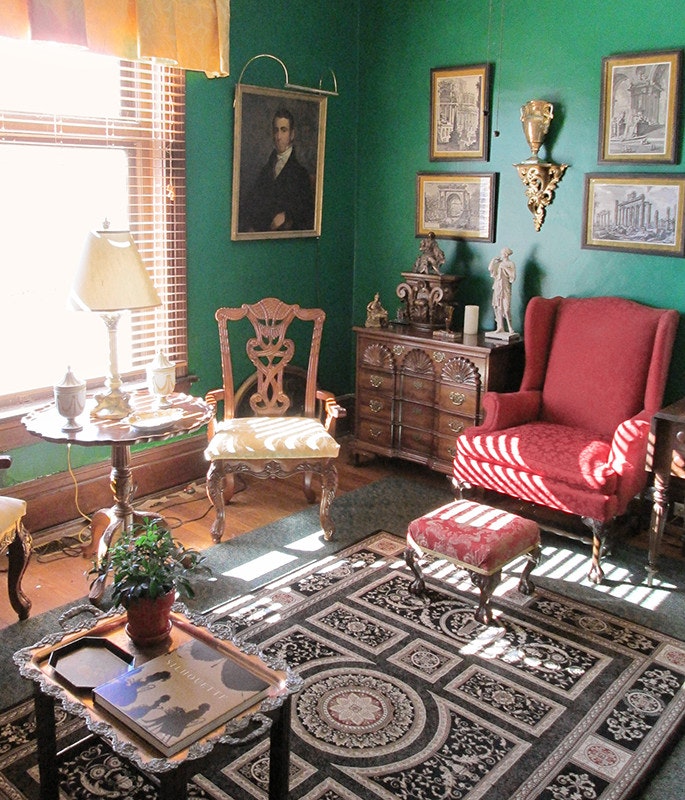
Why Southern portraiture?
My love of Southern portraiture is twofold. It’s deeply reflective, but in addition, most people who experience the history of art in our country experience it as a Northeast, or maybe a Western phenomenon. But there were many active portraitists up and down the Mississippi River, across the Gulf Coast and in New Orleans who were very compelling artists. I think bringing attention to their story is extremely important.
How has your professional focus impacted what you collect?
I sort of live in a time frame between 1840-1860. I like the portraiture of that era; I like American empire furniture; I like mid-Victorian style. Pieces in the sale from that period include the pier table, and the pair of portraits, “Mr. and Mrs. Collins,” which are unusual because they come from the northeast part of Kentucky. And I love Old Paris porcelain, like those cameo vases. It’s characteristic of that style to have the Old Paris flare vase format in a vivid color, and then the classical reference of the cameo profile.
There are also quite a few still lifes.
I like the Dutch style, and I spend a great deal of time in Amsterdam. I just love still life, it’s about a moment and the richness of natural form. I love that oval one of the peaches on a ledge, I used to call that “mystic peaches.” The still life by Mary C. Smith is also unusual for the period because it was done by a woman. She was in a girls school and probably did it from a pattern book. It’s really fun. I found with a dealer in Shelbyville.
What do you advise someone about buying a portrait?
To buy a portrait of someone they’d be happy to live with.
